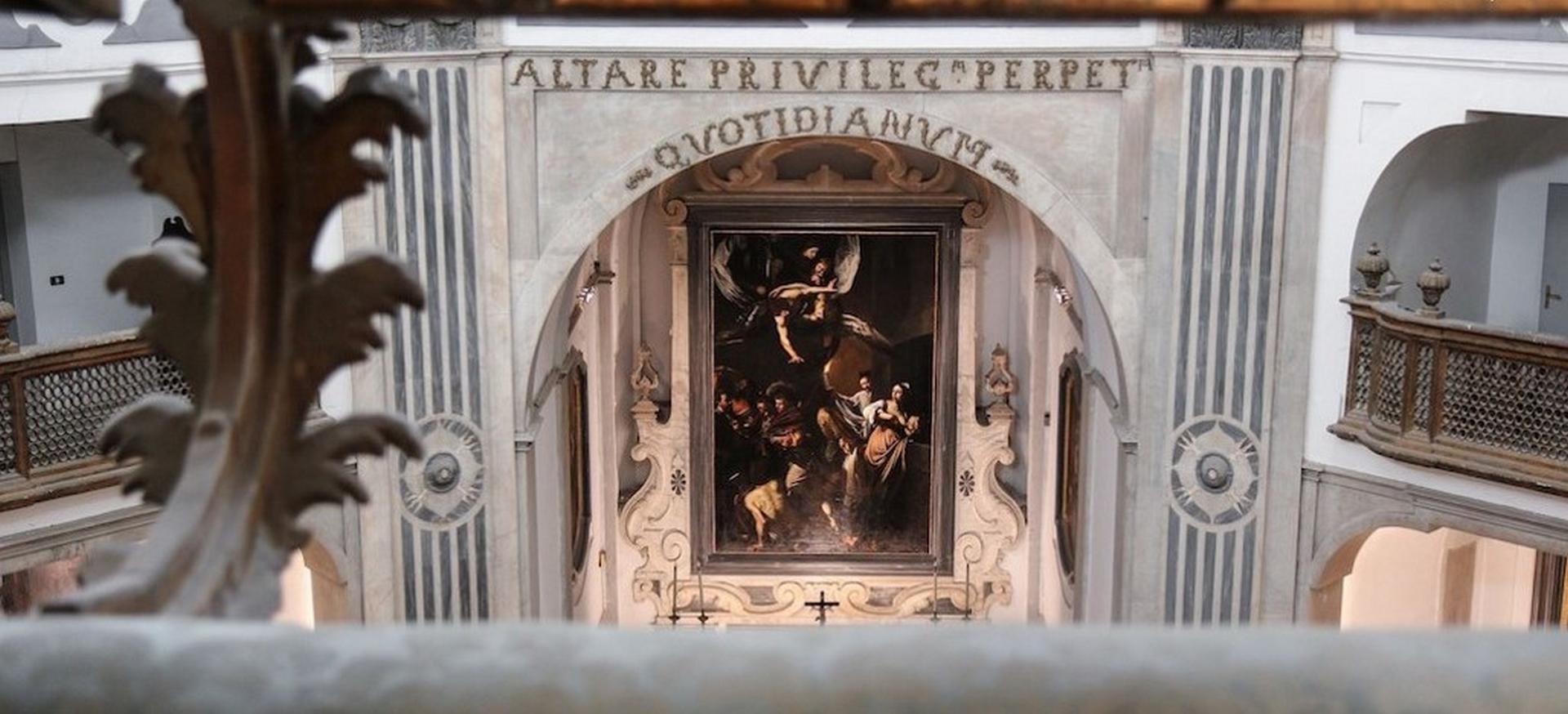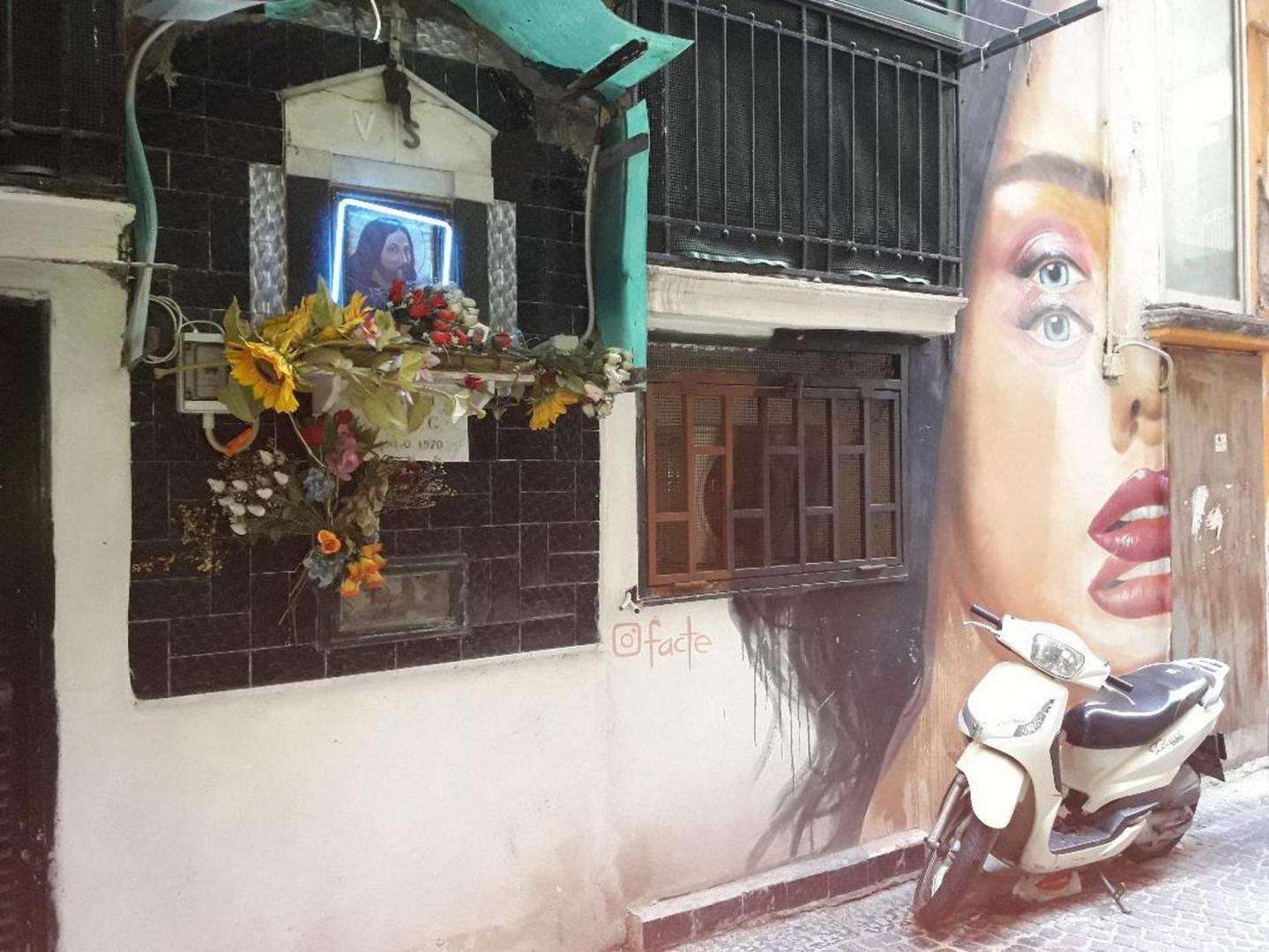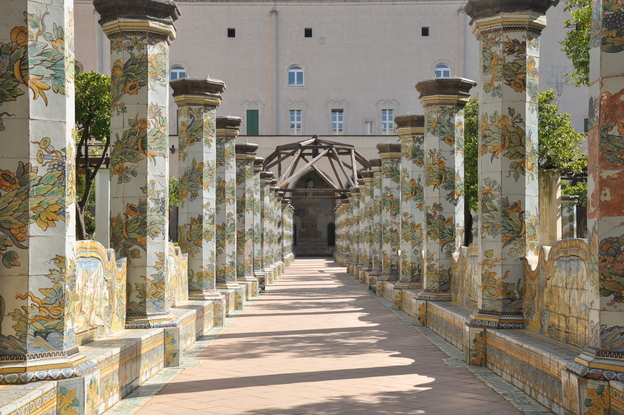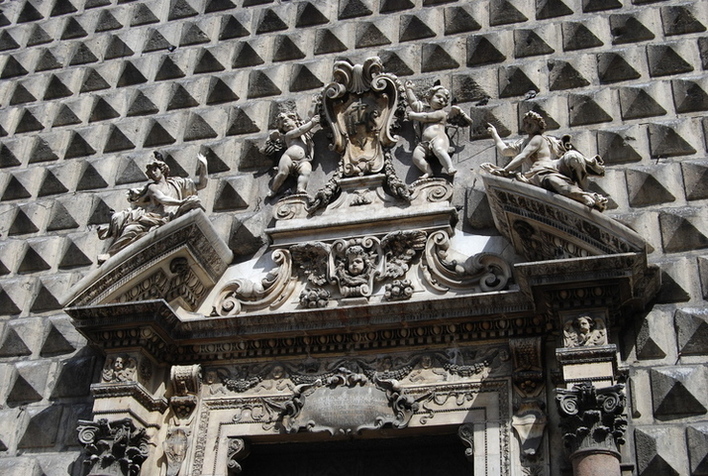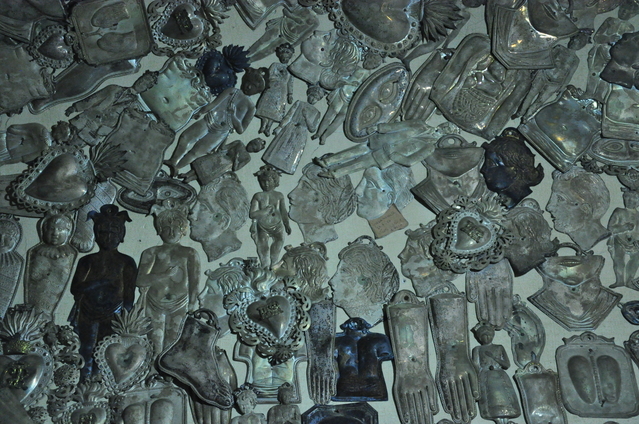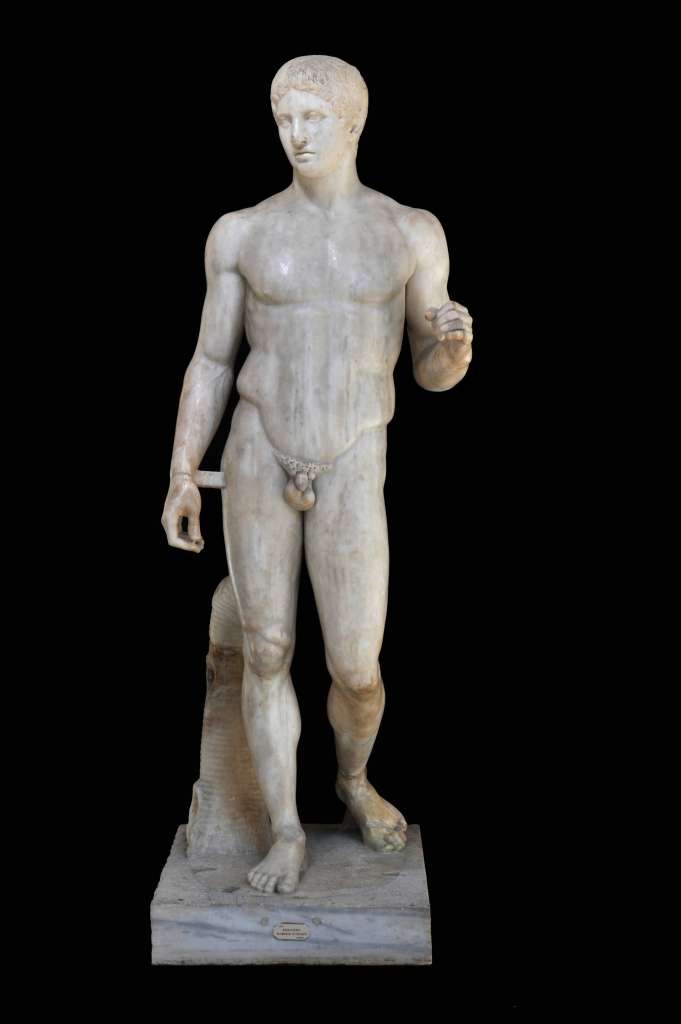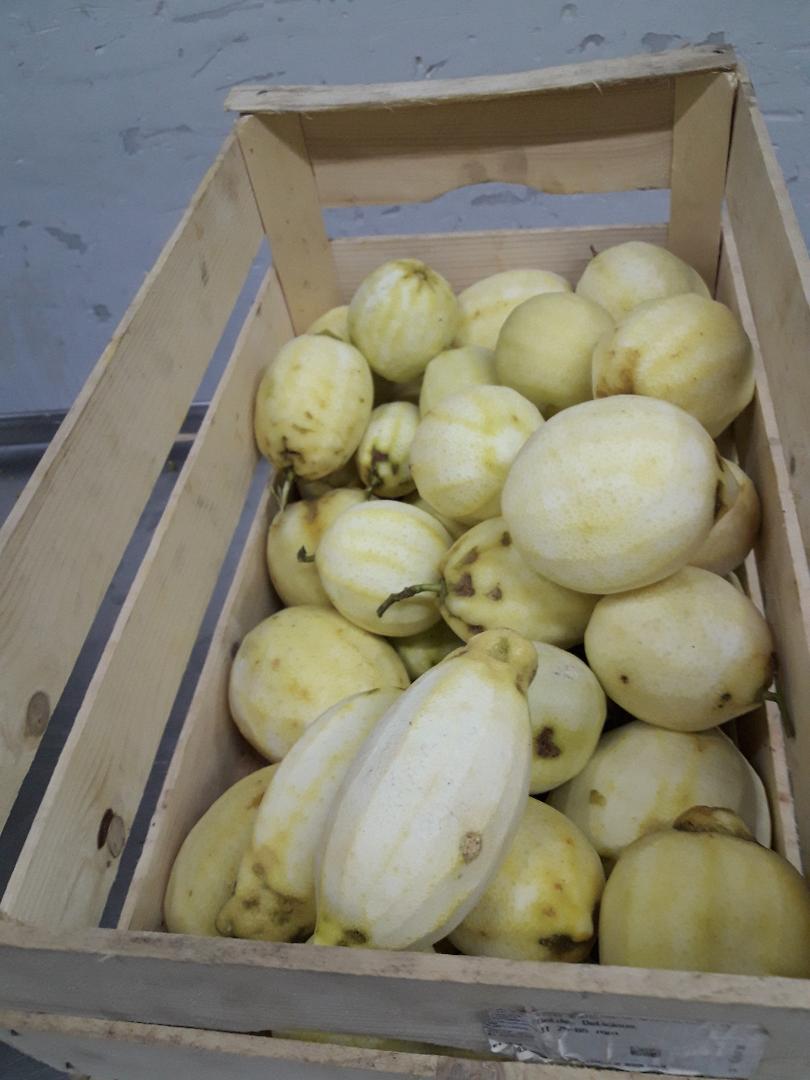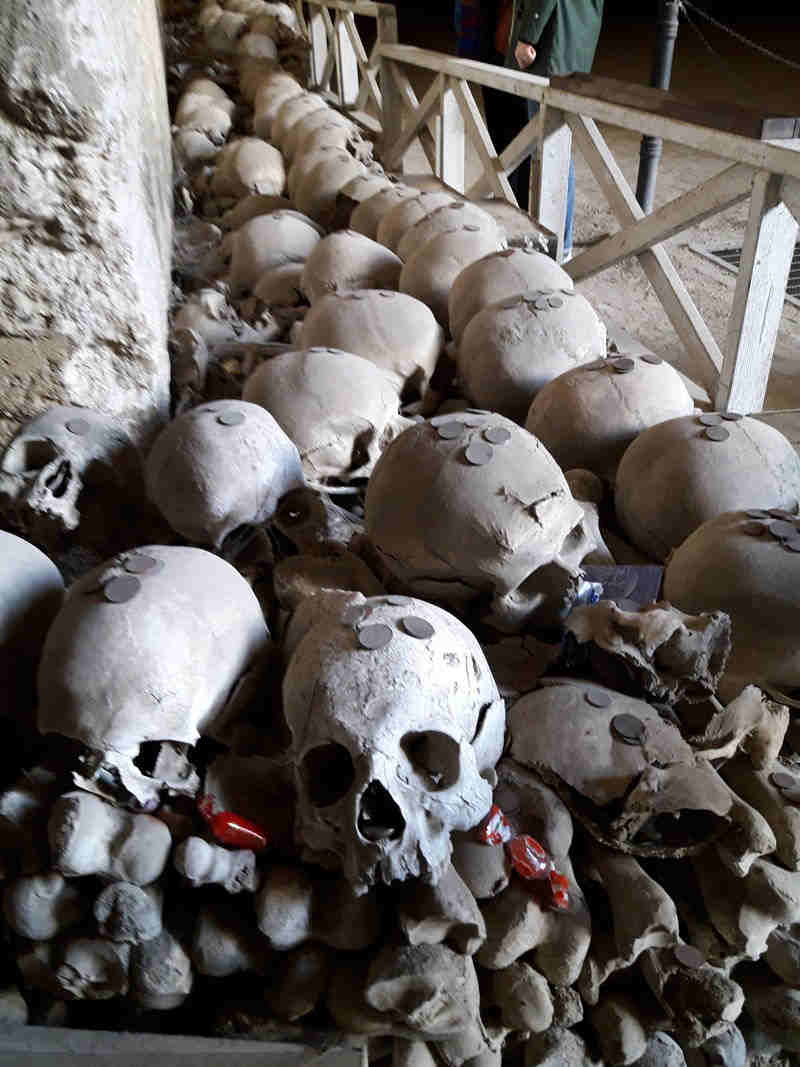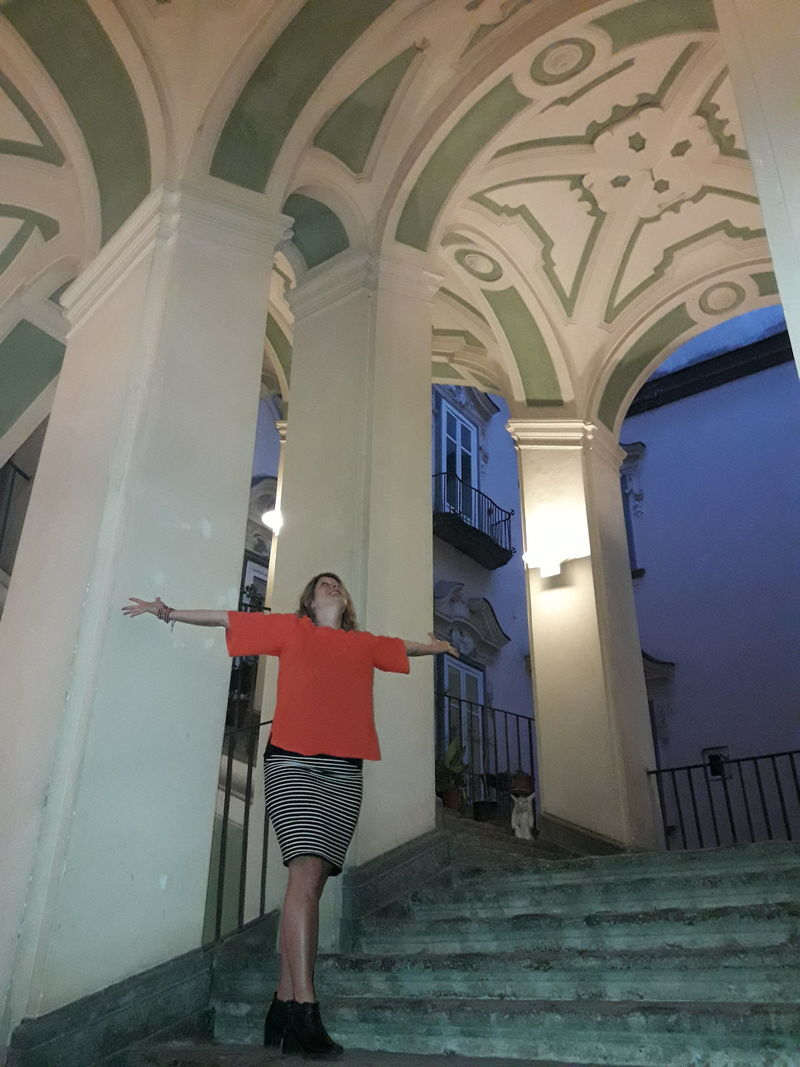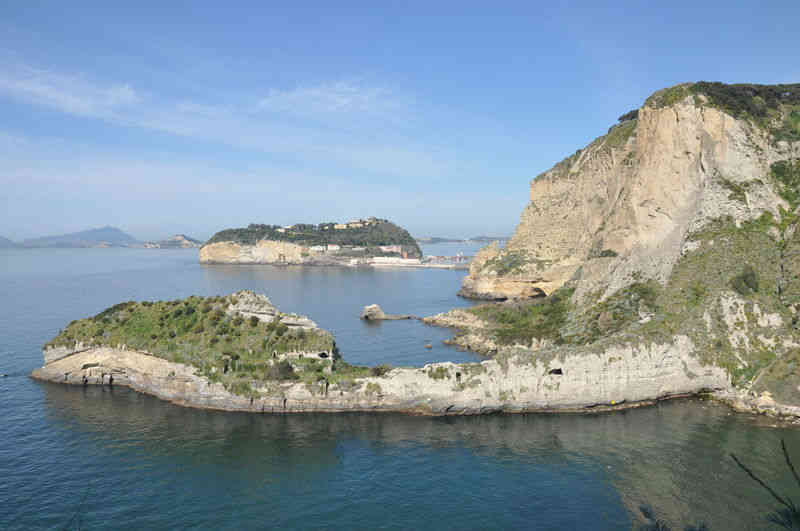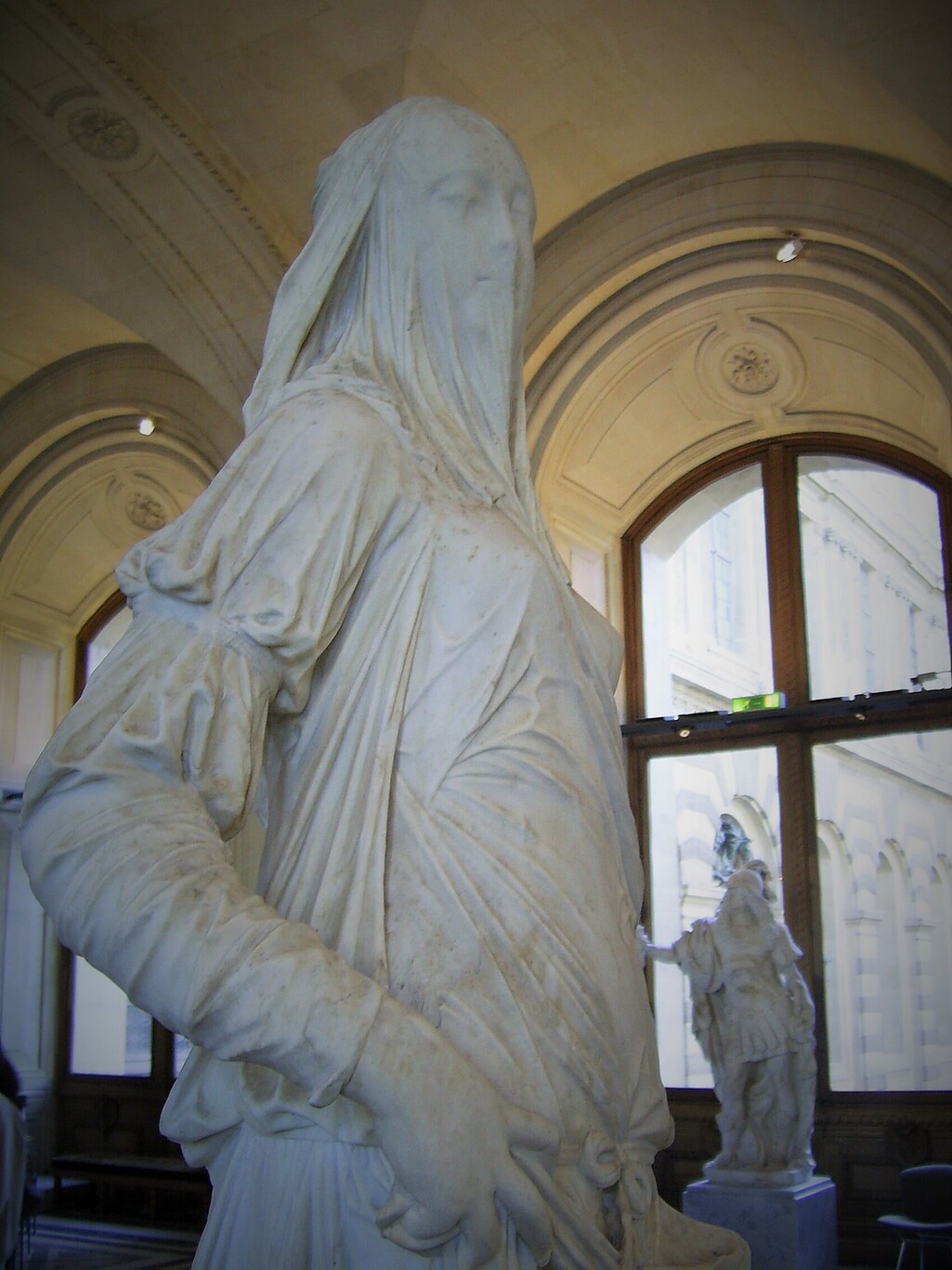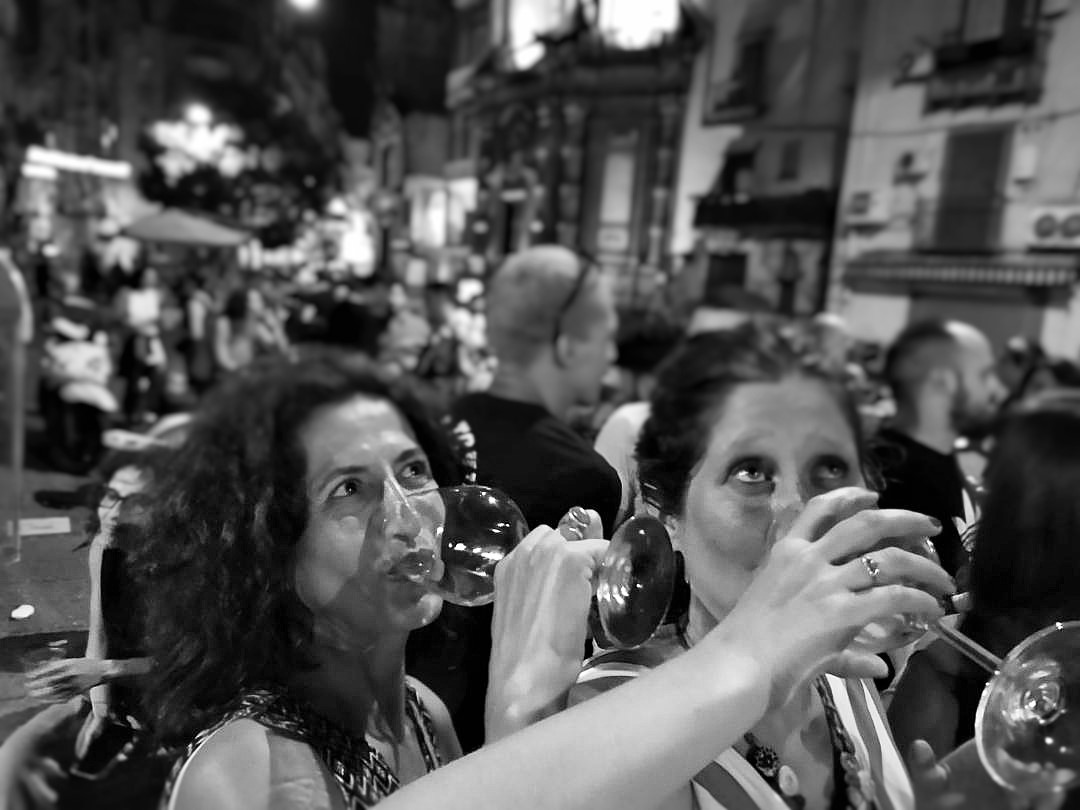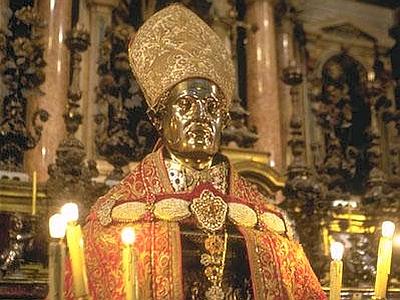Alice: Fiorella, do you have a favorite piazza in Naples?
Fiorella: Oooh, there are so many to choose from. If we stick with Centro Storico, I would say Piazza Bellini, Piazza del Gesù and Piazza San Domenico.Alice: Yesssss. I think Piazza Bellini is my second home!
During the years of my time here, I have seen the trend of piazzas change and the re-shifting and re-shaping of its surroundings: always unpredictable. When I came to Naples 16 years ago the typical Saturday night would be a stroll between Piazza del Gesù to Piazza San Domenico where we would grab a beer from one of the vendors selling refreshments out of big, blue iced tubs.
Piazza Bellini was the place to go if you wanted to be fancy and sit down to sip a cocktail. Now, each piazza is the place to be and offers many ways to relax, explore and socialize in the great context of this artistic city.
THREE FABULOUS PIAZZAS IN CENTRO STORICO
PIAZZA BELLINI
You are the tourist who wants more than just a simple grab-a-pizza and a magnet and head back to the hotel vacation. You have seen this marvelous UNESCO center: the Duomo, the Sansevero Chapel, The Greek-Roman unedrground city, San Gregorio Armeno, the many churches and historical palazzi, maybe the street art. Now, walking down the ancient street of Via Dei Tribunali you find yourself at Piazza Bellini, a thriving social center. Passing by the music conservatory San Pietro a Majella where you might catch the notes of an aria of Mozart or an arpeggio of Chopin. Once you hit the piazza, you realize that it is not all cafes and outside drinking. The piazza, which gets its name from the statue of the famed Sicilian composer who studied at the conservatory of Naples, is built on and around the remains of a section of the ancient Greek walls of Neapolis. Many years ago when I first got to Naples, the three main cafes were Café Arabo which offers light Middle Eastern food and cocktails and Intra Moenia (which means inside the walls) full of art and often hosting literary events and Lemme Lemme, previously called the Internet Bar (one of the only places I could use dial-up internet to write my mom an email) were the anchors of the slightly sleepy piazza. Currently there is nothing sleepy about this place! One side is lined with sit-down cafes as well as Nea which is a gallery and performance space and the other side has stand-up bars where you can get a 2 euro spritz. On the western side, Via Costantinopoli which leads from Piazza Bellini to the Archaeological Museum and is famous for antique shops, also has lots of places to eat worth checking out. If you are looking for something moderately upscale, the Slow Food restaurant La Stanza del Gusto right off of the piazza offers a fun, colorful environment with elevated local cuisine and a good wine list.
PIAZZA DEL GESU’
As you walk down from Piazza Bellini, you will notice the spattering of music shops on the tree-lined street that might call you to pick up that old saxophone in the closet once you get home from your travels. Interspersed with the music stores are artisan and vintage shops which lead to Spaccanapoli, the parallel to Via Dei Tribunali. Turning the corner, you will see Santa Chiara. It is the church with the green roof which is visible from San Martino in Vomero. It is one of the main religious complex in the city and inspired also the romantic Neapolitan song Munasterio ‘e Santa Chiara.
Fiorella: Romantic and Royal, what a fabulous combination! This prestigious convent was commissioned by King Robert of Anjou (called Robert the Wise because he was a patron of the arts, buried in the funerary monument in the end of the nave, behind the altar) and his second wife Queen Sancha de Maiorca to house about 200 Clare nuns in seclution and 50 Franciscan friars who could officiate the religious services. The large Royal complex housed these two communities in separate areas and cloisters and its sober structure still expresses the Franciscan rule of poverty.
The original Gothic style combined with local trends and was enriched with stain glass, frescoes and sculptures by famous masters. In the 17th c. the church was totally renovated and transformed into a Baroque monument. Bombed during WWII, it was restored and brought back to its origins but most of the artistic tresures were lost. The cycle of frescoes by Giotto (1328-30) in the secluted church of the nuns was destroyed. Only a little fragment of the Lamentation over the Dead Christ survived. Not open to the public, it can be seen on special occassions.
The majolica-tiled cloister is a must to visit! This 14th c. enclosed garden where the Clare nuns were living was enhanced in the 18th c. by the work of D.A.Vaccaro who designed the eclectic majolicas executed by Donato and Giuseppe Massa. Grape leaves decorate the pillars while hunting scenes, landscapes, the four elements, masks and a nun feeding the cats cover the seats of this walled gem. The ruins of a I and II c. A D Roman Bath and a 18th c Nativity complete the visit to this remarkable complex.
Alice: If you leave the confined life and turn left, you come across the large piazza with the looming Guglia (Spire) dell’Immacolata which was built in the 18th c. and is now circled by taxis, tourists and students.
I met some of my oldest friends in this piazza on my first Saturday here on a sunny January day. Having nothing to do, I thought I would try to draw the facade of the church. Easy! After numerous attempts and as kids rode their bikes around me incessantly asking me what I was doing and who I was, a huge samba band approached the piazza to practice. Swept up by the music and coerced to follow the traveling group, I traded my art supplies for a dance-so representative of the magic of this city and a metaphor for my time here!
The façade of the Chiesa del Gesù Nuovo is incredible-full of mystery with the congruent pyramids spiking out into the air that I definitely could not do justice with my 5th grade drawing skills. It is so unusual…
Fiorella: I know, it is unique as a church and many people do not know its mysteries. Indeed, the building was the private palazzo of the noble family Sanseverino, designed by Novello da San Lucano in 1470 with this ashlar diamond stones. After confiscations and changes of ownership, the palazzo was bought by the Gesuits who entrusted the architect Valeriano to transform it into a church. This is why the contrast between the original façade and the Baroque interior is so strong. Many artists painted, frescoed and carved works for this monumental church where the eye cannot rest. On the counter-façade triumphs the Expulsion of Heliodorus from the Temple a theatrical fresco signed and dated by Francesco Solimena. Cosimo Fanzago architect and sculpture, a genius of Neaples 17th century designed the marmi commessi, inlaid marble, and carved the stirring statues of David and Geremia (in the Cappellone di Sant Ignazio, left arm of the church) whose realistic expressiveness and fluid drapery well express the tremendous talent of Fanzago who also worked at other sculptures in the church.
On the same left hand side of the church you can approach the chapel that houses the urn of San Ciro On the altar a beautiful wooden Crucifixion by Francesco Mollica. Now you will realize why Ciro is a typical Neapolitan name, especially among the older generation. Ciro was a doctor killed in the IV c. AD during the persecution of Christians. Neapolitans who believe in the miracle come here to pray and be protected from physical diseases. If Saint Ciro ‘works’ they bring him an ex voto, a silver object representing the part of the body that was sick or simply an heart expressing devotion.
This choreographic way of testifying affection to Saints and not only, is well visible in the next chapel where the donation of the princess of Bisignano is displayed. Skulls and rests of beatified or saints are housed in rich gilded caskets holding busts.
Alice: You can also visit the modern space dedicated to Vincenzo Moscati, a former doctor canonized Saint in 1987 to see how the ex votos are still popular.
PIAZZA SAN DOMENICO
Alice: If you need a break from devotion retrace your steps to get back on Via Benedetto Croce, a section of the popular and highly populated Spaccanapoli. Spaccare in Italian means to break and Spaccanapoli is the ancient Greek plateia – than named in Latin decumanus – that split Neapolis west/east. You will immediately see Gay Odin where you can get a decadent gelato (try pistachio and dark chocolate!) and the famous chocolate foresta or a vesuvio treats or just head across the street to grab a coffee while you listen to the bartender or a customer play tunes on the piano. As you walk to San Domenico you will pass Palazzo Venezia which is not only beautiful inside but has excellent musical events. You’ll see a lot of shops offering souvenirs which are much better than the pizza magnet you were going to buy for Aunt Betty. Once you arrive at the piazza you will see another spire erected after the horrifying 1656 plague and dedicated to San Domenico. On the slope going up to the unique church where St.Thomas Aquinas spent two years (1272-1274) teaching theology at the adjoining monastery which was the original seat of the University of Naples. Bordering the piazza is one of the main buildings of the Orientale University, Palazzo Corigliano which during the year is thriving with students and professors. Depending on the time of day, you might catch a theatre performance, street concert, game of frisbee or football or jam session. Have a drink at one of the cafes to take in all of the mix of fun and people or head to Pizzeria Palazzo Petrucci, one of the chicest places to get a pizza in the centro storico. The pizza dough is left to rise for 48 hours and melts in your mouth! If you can manage it, grab a table on the terrace to have an even better view of the goings-ons of the square.


